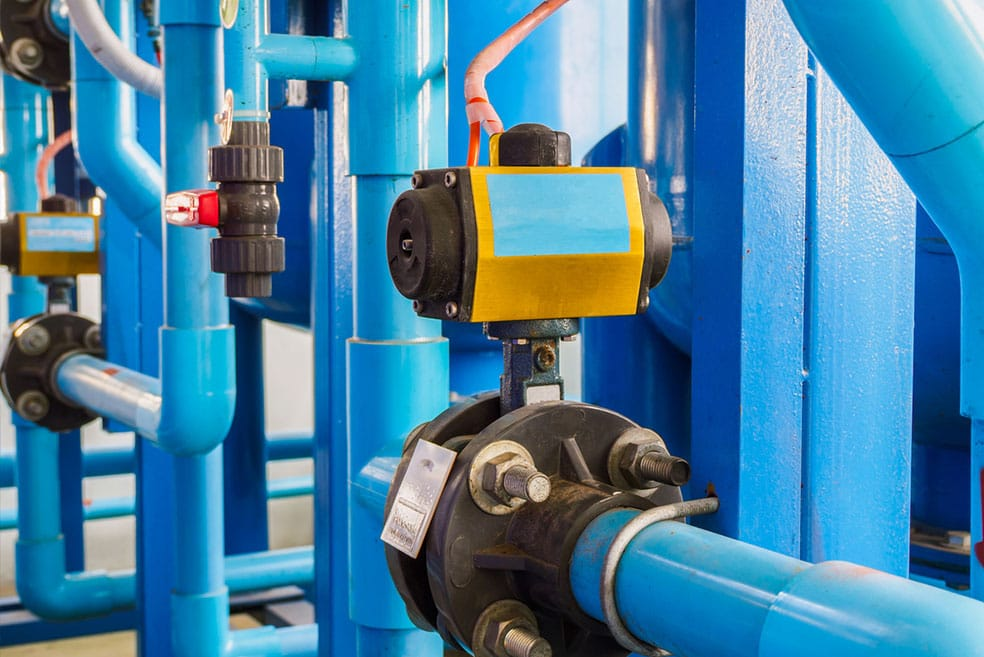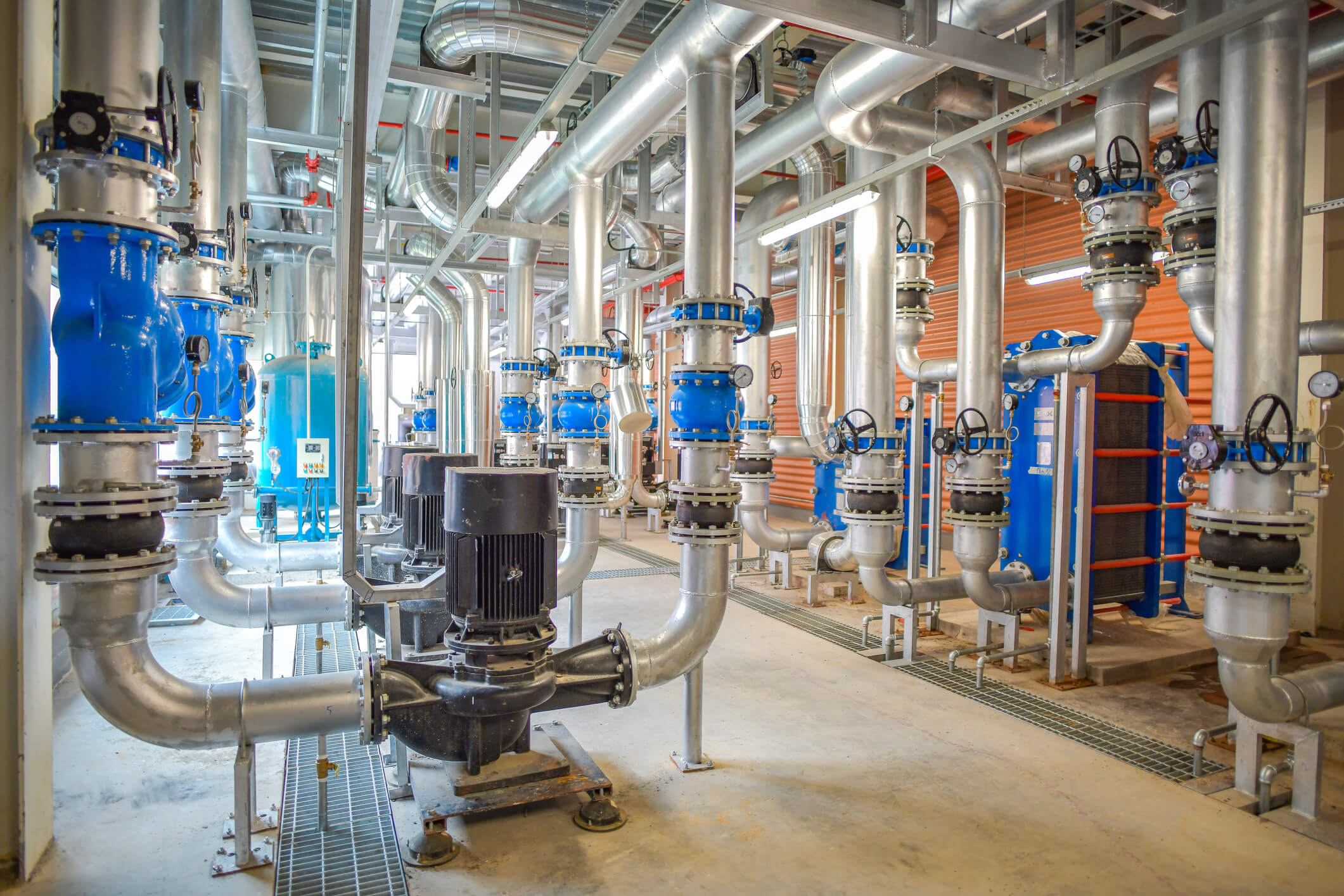Our proven technique for cleaning and flushing closed loop systems is a highly effective solution for preventing microbiologically influenced corrosion (MIC), a leading cause of closed loop leakage. MIC occurs when bacteria colonizes and begins to feed on the system’s iron surfaces.
We implement a three-step cleaning and flushing process consisting of a non-acid chemical cleaning, a thorough flushing to remove iron deposits and the application of a biocide to sterilize the system and kill any remaining bacteria. This provides an extremely effective defense against the formation of MIC.


In theory, water should never leak out of a closed loop. While there are closed loop systems that rarely lose water, most closed systems lose a small amount of water during the course of normal operation. This typically happens when pump seals leak or molds are changed. Unfortunately, most closed loop system designs do not account for this lost water by automatically adding closed loop treatment as make-up water is added to the loop. The make-up water not only dilutes the corrosion inhibitor and reduces its effectiveness, but also adds oxygen which can promote corrosion on many surfaces.

While simply draining and refilling the loop seems easy and less time consuming, the consequences will far outweigh the time savings. When a closed loop is completely drained, iron deposits are disturbed and oxygen is introduced into the system.
When the loop is refilled, the iron deposits break free and flow throughout the system, ready to form deposits where they may cause more problems than before. The oxygen that came in from the air promotes surface flash corrosion and makes the iron problems even worse.
A much better way to flush a closed loop is to open a drain valve near the lowest point in the system and flush water at 1 to 2 gallons per minute. Be careful not to flush too fast; pressure make-up valves are designed to maintain pressure in the loop and may not pass more than 1 or 2 gallons per minute.
Closely monitor the pressure on the loop for the first 20 minutes to ensure that the pressure will be maintained. Flush the loop at this rate until the conductivity of the draining water is equal to the conductivity of the make-up water. Discontinue the flushing and treat as usual.
Chardon’s service department cannot be responsible to perform the flush. It is very time consuming and the pressure in the loop must be monitored very consistently. It is possible that the loop pressure will get too low and start to starve the circulation pumps. The flushing process could take days, weeks or months depending on the rate of water being drained/added to a loop. That is the reason that on-site personnel will need to do the flushing and monitoring.
Chardon will return when the on-site personnel inform us that the system water is very clear and clean. Chardon will then add closed loop treatment to the system.

At Chardon Labs, we aim to help our customers reduce operating and maintenance costs, achieving optimal water system performance and longevity. Whether you use a cooling tower, closed loop system or boiler, we can customize a water treatment program to your facility’s needs.
If you’d like to learn more about our solutions or request a free quote, fill out our contact form today. One of our water treatment consultants will be in touch.